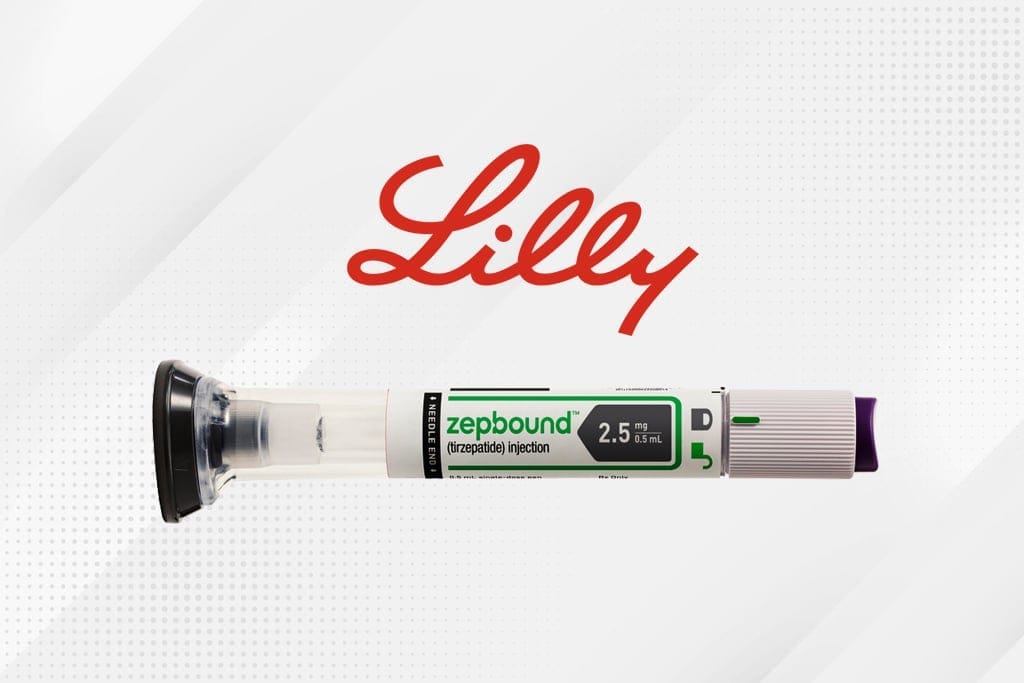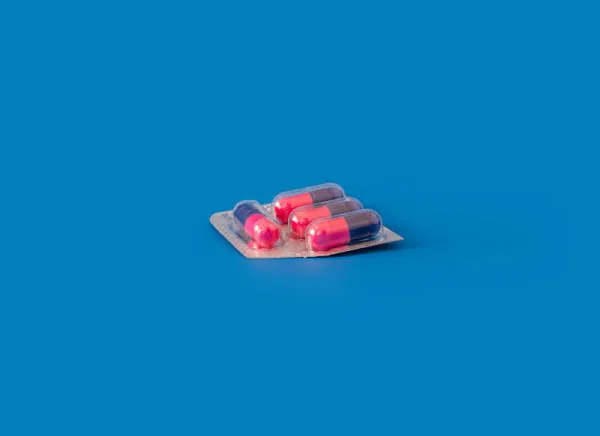Patent expirations for GLP1 Receptor Agonists
How long will we have to wait for generic versions of GLP1 drugs? We take a look at patent expiry dates for the most popular brands & GLP1 formulations.

Drug patent expiration schedules
GLP1 Receptor Agonists come in many formulations, and have come a long way from the original Gila Monster secretions that began the journey.
Check out our quick explainer
While we won't get into the debate on the benefits and drawbacks of patents for funding medical research and discovery, it is a fact that in most countries, patent expiry often preceeds widespread availability of useful drugs and medicines.
Here is a list of the current top patents for the most popular GLP1 Receptor Agonist formulations that are due to expire.
Exenatide (Byetta/Bydureon)
- Original patent expired in 2016
- Extended-release formulation patent expires in 2025
Liraglutide (Victoza)
- Patent expired in 2024
Semaglutide (Ozempic/Wegovy)
- Core patents expire in 2033
- Acylated GLP-1 patent expires in 2026
Dulaglutide (Trulicity)
- Patent expires in 2024
- Some additional patents expire as far out as 2039
While Eli Lilly's financial filings indicate that Trulicity's compound patent expires in 2024, there's slightly more to the story:
Trulicity is protected by a compound patent (2024 not including possible patent extension) and by biologics data package protection (2026).
Lixisenatide (Adlyxin/Lyxumia)
- Patent expires in 2025
Lixisenatide was created by Sanofi and are widely under reported, and are essentially the soonest expiring patents.
Tirzepatide (Mounjaro, Zepbound)
- Patent expires in 2033
Quite famously in the news for coming out of shortage recently, Tirzepatide is popular amongst compounding pharmacies and companies that use them.
Tirzepatide is one of the most recent formulations to receive approval and hit the marketplace. It will be a while until it is available widely as a generic or in some other post-patent-expiry form.
Delivery devices (injection pens, etc)
A sometimes overlooked portion of the patent portfolio of companies involved in the GLP1 space are the devices.

The injection pens that companies produce and fill (a key point in the Novo Nordisk/Catelent merger) in order to make the drugs easier to take are under patents, and can't easily be replicated.

About half of the patents that are on injection methods relate to pens specifically.
It's easy to under-estimate just how much easier it is to take GLP1 Receptor Agonist formulations without the pens (basic syringes are possible but obviously far less convenient), and this is an important point to consider.
There is some possibility of partnerships forming with other useful delivery methods or possibly more senior patent holders, but that remains to be seen (and lowering prices is of course against the profit incentive of any involved companies).





